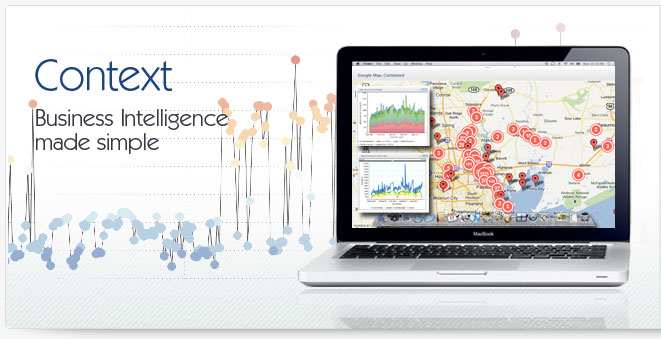Why Use Business Intelligence Metrics?
Business intelligence metrics are simply a set of measurements associated with reporting and business management, often stored and tracked on a business intelligence platform. A business intelligence metric provides a number of benefit to any organization including the ability to measure business management performance against a pre-defined set of goals that can give the company an objective evaluation of how its performing against those metrics. Traditionally, business intelligence metrics have been established by executives and managed and deployed by information technology. However, as information technology associated to business intelligence has evolved, this has changed.
Understanding Business Intelligence Metrics
The first step in using business intelligence metrics is to understand them. The most basic step will involve taking any types of reporting o business management measurements that are currently being used and translate them into business intelligence metrics. This exercise essentially takes existing measurements and makes them available through the business intelligence platform. A second critical step with business intelligence metrics, however, is to evolve the metrics information using the flexibility and reporting robustness that comes with business intelligence platforms.
Getting Started with Business Intelligence Metrics
For most organizations, starting down the path of business intelligence metrics involves a good dose of "walking" before running. At this stage the business intelligence metrics measured and charted will most likely be basic and heavily based on reporting and business management measures that were in place before the information technology department deployed the BI platform. These 'initial' business intelligence metrics provide a great foundation for the organization to build from.
Expanding Your Business Intelligence Metrics
Once a company has established a core set of business intelligence metrics it's important to begin to look outside the envelope to begin to understand what other type of information managers and executives wish to track. Armed with this information, business intelligence metrics can be expanded on in order to gain not only greater visibility, but also greater flexibility. Business intelligence metrics can be used to gain greater insights in just about any aspect of the organization, from productivity to performance.
Graphing Business Intelligence Metrics
Once the business intelligence metrics have been established, the next step is to begin the process of charting and graphing the business intelligence metrics. Unlike traditional reporting, business intelligence metrics deployed on a BI system can provide significant benefits in business management by helping managers view data from new visual perspectives. A business intelligence metric on sales performance, for example, might provide more clarity if it were mapped on a heat map representing the geographic United States. This type of application of business intelligence metrics is at the heart of the advantage of new BI solutions that are making it easier and more valuable to track business intelligence metrics.
|



